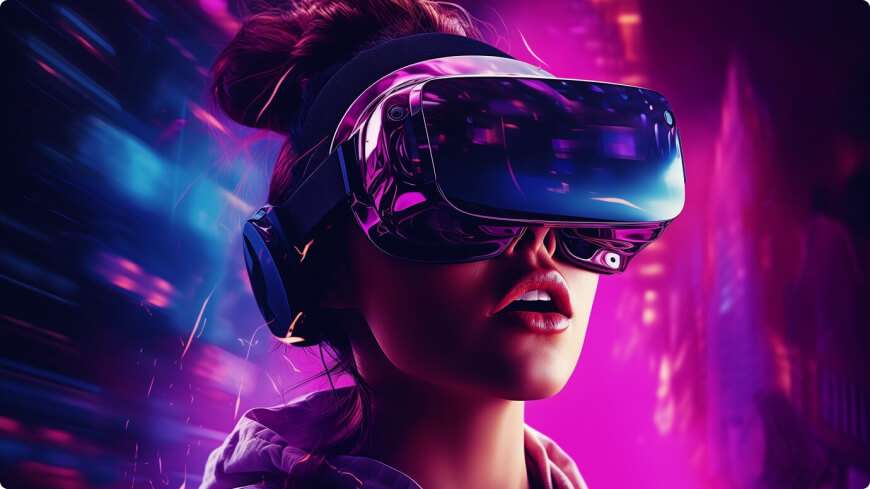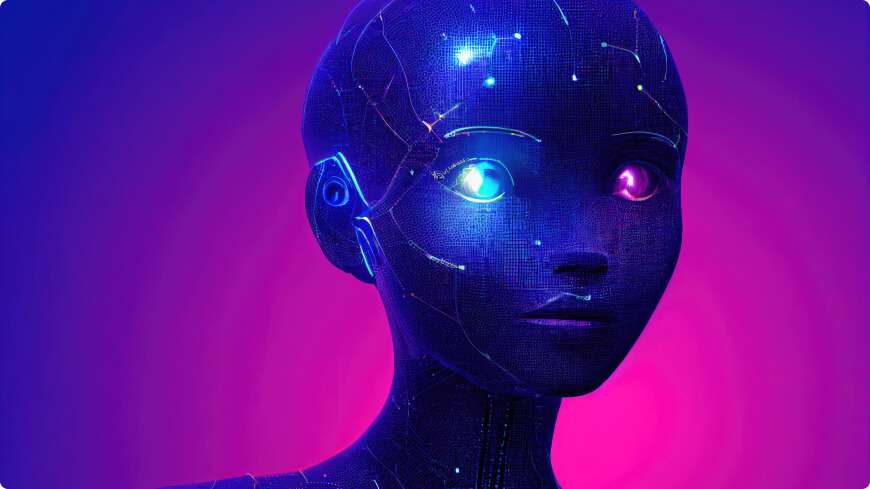Introduction
Artificial Intelligence (AI) is often perceived as a purely technical domain—an intricate blend of algorithms, data processing, and computational power. However, AI is not just about code; it is deeply intertwined with human values, ethics, and creativity. Beyond its logical framework, AI development requires human insight to ensure it remains ethical, user-friendly, and beneficial to society. This blog explores the human element in AI development and why it remains a crucial factor in shaping the future of intelligent systems.

The Role of Human Intuition in AI Design
While AI excels at processing vast amounts of data and identifying patterns, it lacks human intuition. Developers must embed real-world context into AI models, ensuring that they align with human behavior and decision-making. For example, recommendation systems in e-commerce rely on more than just purchasing history—they incorporate psychological factors and social trends that only human designers can interpret effectively.
Ethical Considerations and Bias Mitigation
AI systems are only as unbiased as the data they are trained on. Without careful oversight, AI can perpetuate existing social biases, leading to unfair outcomes in areas such as hiring, lending, and law enforcement. Human intervention is essential in:
- Curating diverse and representative datasets
- Establishing ethical AI frameworks
- Implementing fairness algorithms to reduce bias
Companies like Google and OpenAI have established AI ethics teams to ensure responsible development, highlighting the necessity of human oversight in the AI ecosystem.
Emotional Intelligence in AI Interactions
Despite advancements in Natural Language Processing (NLP), AI still struggles with emotional intelligence. Chatbots, virtual assistants, and AI-driven customer support must be designed to understand and respond to human emotions appropriately. This requires:
- Human-centered design principles
- Sentiment analysis improvements
- Continuous refinement based on real-world interactions
A good example is AI in mental health apps, where empathetic responses and contextual understanding are crucial in providing meaningful assistance to users.
Collaboration Between AI and Humans
AI is not meant to replace humans but to enhance human capabilities. The most successful AI implementations focus on augmenting human decision-making rather than automating it entirely. In healthcare, AI assists doctors in diagnosing diseases, but the final judgment is still made by medical professionals. Similarly, in creative industries, AI tools support designers and writers by generating ideas rather than replacing human creativity.
The Future of AI Development: A Human-Centric Approach
The future of AI must be driven by a human-centric approach. As AI continues to evolve, developers, ethicists, and policymakers must collaborate to ensure that AI serves humanity rather than disrupts it. Key considerations for the future include:
- Transparent AI decision-making processes
- Ethical guidelines for AI governance
- Inclusion of diverse perspectives in AI development
Conclusion
AI development is more than just a technical endeavor; it is a collaborative effort between technology and humanity. By prioritizing ethical considerations, emotional intelligence, and human oversight, we can create AI systems that are not only intelligent but also responsible, fair, and beneficial to society. The future of AI lies beyond code—it lies in the human touch that shapes its purpose and impact.


Leave A Comment